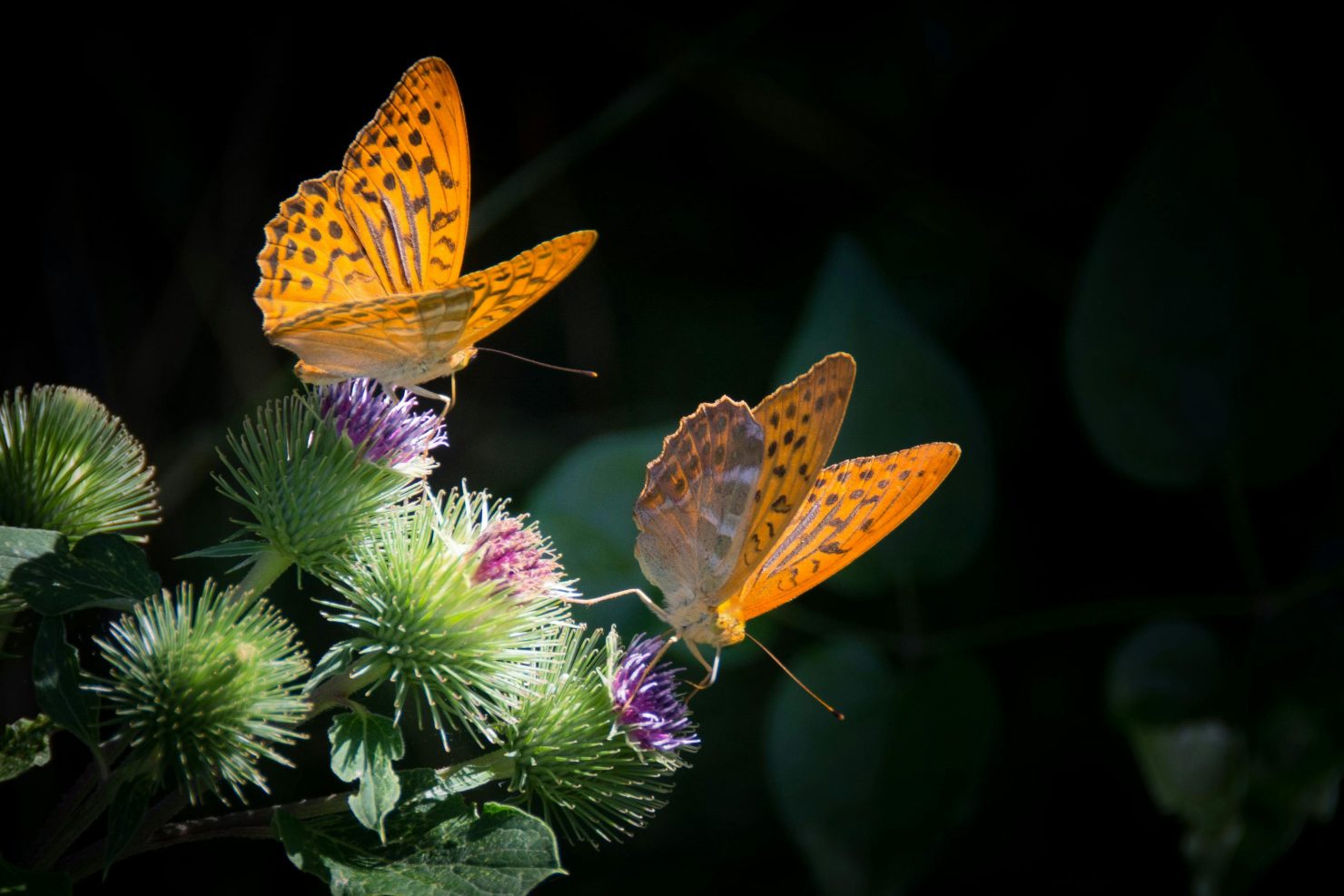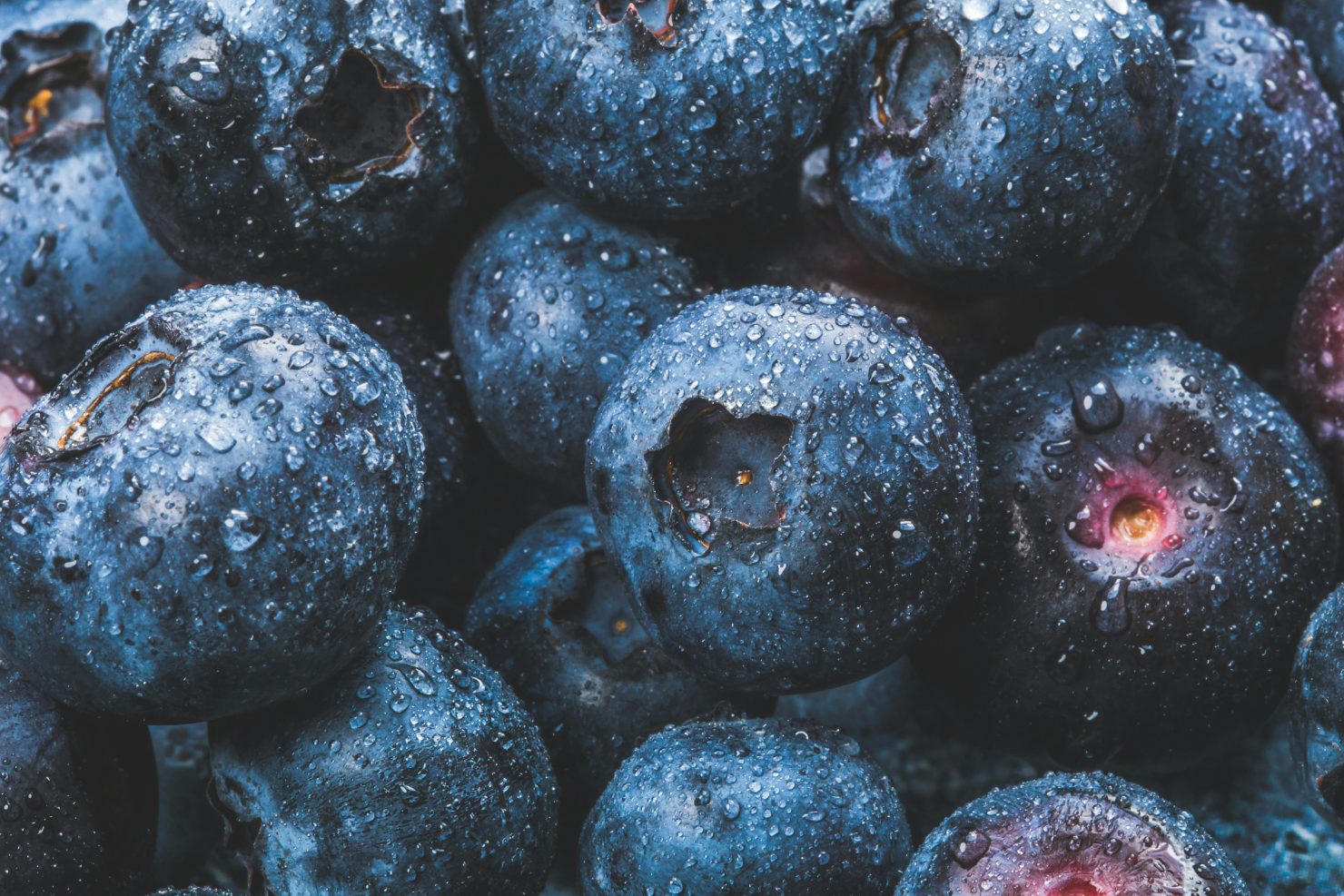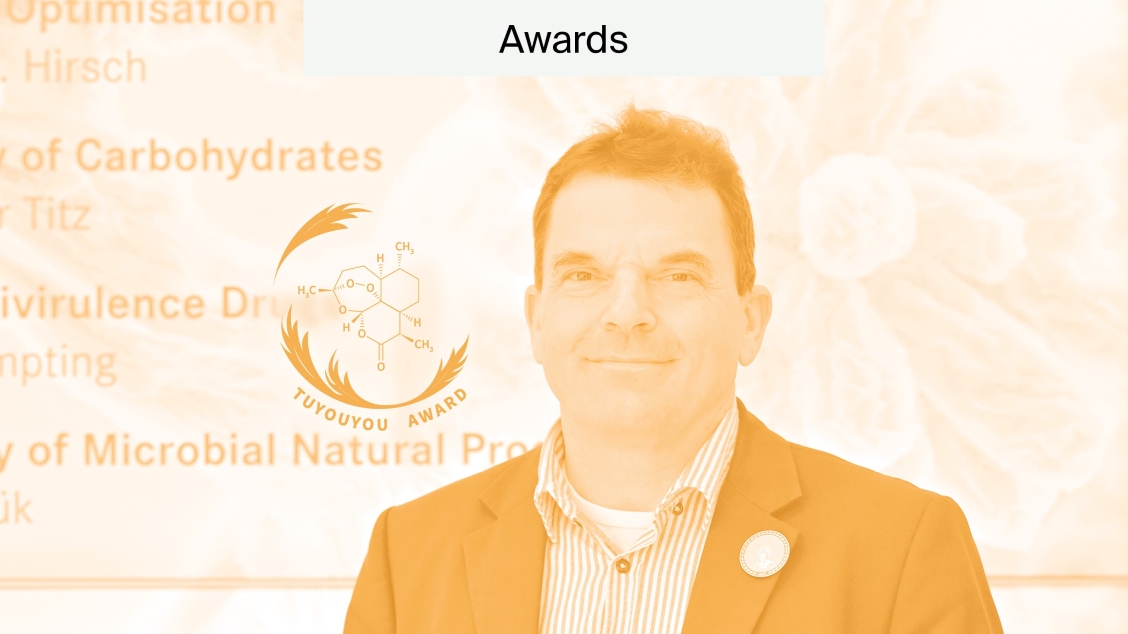
Insights from MDPI Top Picks: November 2025
In this month’s roundup of MDPI Top Picks from November, we explore research published across the fields of agriculture, dermatology, and molecular biology.
Here, we explore the development of a novel method to boost the sustainability of fish farms, and how planting the right crops can increase the presence of local pollinators.
Furthermore, we learn about a multi-functional skincare ingredient with anti-ageing properties, and how scientists conserve plant identity.
Field Assessment of Floral Resources and Pollinator Abundance Across Six Vegetable Crops
Published in Horticulturae

The pollination of flowers from insects like bees, butterflies and wasps is crucial for biodiversity, allowing ecosystems to flourish. However, due to factors such as climate change, pollinator populations have decreased significantly, impacting agricultural practice.
A study published in Horticulturae evaluated how different types of flowers with various characteristics can impact pollinator patterns and the types of pollinator species visiting different crops. As part of the study, the authors evaluated 6 different crop varieties with different nectar volumes, nectar concentrations, and pollen characteristics, and monitored the frequency and type of pollinators that visited them.
The results showed a significant positive correlation between the abundance of nectar present in the flowers and the number of visiting pollinators.
“Our work goes beyond research; it’s about supporting farmers, growers, and communities that depend on healthy pollinator populations for the future of sustainable agriculture.
Understanding how different vegetable crops support pollinators is key to developing resilient, sustainable farming systems. Our team evaluated six edible vegetable crops to identify which provide the most floral resources and attract the most pollinators.
Our findings would help growers improve pollination, enhance yields, and make better management decisions while also supporting biodiversity and ecosystem health.” – Beatrice N. Dingha, Associate Professor at the Department of Natural Resources and Environmental Design at North Carolina A&T State University.
Immune Gene Expression Modulation and In Vitro Inhibitory Effect of TiO2 Nanoparticles Under UV Irradiation on Viral Necrosis Virus
Published in Photochem
To address the concerns around food security and meet the increasing demand for seafood, governments have approved the development of fish farming practices across the globe.
Recirculating Aquaculture Systems is a specific type of land-based fish farming system that consists of round circular tanks where fish are grown and harvested. This practice bypasses the challenges associated with traditional farming practices, such as over-fishing and disturbance to sea habitats.
These systems require precise monitoring and maintenance. This is particularly important to prevent disease in the fish. A study published in Photochem presents a new method of sanitising the tanks using UV light and different concentrations of titanium dioxide nanoparticles. The authors tested the anti-viral activity of these components and the effect of the virus on the immune gene expression in a fish cell line.
The results show that under UV irradiation, titanium oxide nanoparticles can help boost immune gene expression, inflammatory mechanisms and cellular responses associated with anti-viral activity in fish.
The preliminary results show that this method of biocompatible method of sanitation could be helpful to strengthen the immune system of fish in recirculating aquaculture systems, making it an increasingly safer and sustainable farming practice.
Modulation of Piceatannol Skin Diffusion by Spilanthol and UV Filters: Insights from the Strat-M™ Model
Published in Dermato
Stilbenes are a group of plant compounds that have a variety of health benefits provided by their anti-inflammatory, antioxidant and anticancer properties. An example of a stilbene is Piceatannol, which is explored in a study published in Dermato for its potential use in skincare products as an anti-ageing component.
“Our study sheds light on how piceatannol, an antioxidant with strong anti-aging potential, actually behaves when applied to the skin through real, multifunctional cosmetic formulations.
Today, many products combine several active ingredients, but these ingredients can influence each other in ways that are not always predictable. By testing piceatannol together with a natural permeation enhancer (spilanthol) and common UV filters, we showed that these components can significantly boost its ability to reach deeper skin layers.
Using the Strat-M™ model and advanced analytical techniques, we demonstrated how formulation design can directly impact the delivery of this promising compound. We hope these insights will help guide the development of more effective dermocosmetic and suncare products that truly make the most of piceatannol’s beneficial properties.” – Carla Beatriz Grespan Bottoli, author of the study and Associate Professor at University of Campinas
A Whole-Genome Sequencing-Based SNP Protocol for Accurate Plant Variety Identification: Application in Blueberry
Published in Applied Biosciences

Plant genotyping is essential for the conservation of crop breeds and genetic resources. This means that the entire DNA sequence of the plant is identified and recorded for the protection of crop breeds. It is also relevant for commercial farming purposes, meaning it therefor holds crucial economic implications.
Genome sequencing methods have evolved significantly. The review published in Applied Biosciences provides an SNP protocol for whole-genome sequencing, a popular method now used widely in plant identification, specifically for blueberries. The research aids the refinement of the practical methodology to sequence crops using SNP whole-genome sequencing.
“This protocol describes how to apply DNA sequencing in plant variety identification. Advances in DNA sequencing make this an increasingly cost effective and discriminating tool for use in distinguishing very closely related varieties resulting from the use of new breeding technologies.
Widespread application to many species of plants will support protection of the intellectual property rights of plant breeders and provide a method for analysis of food composition and origin supporting food safety.” – Robert Henry, Emeritus Professor at University of Queensland and author of the study.
To read more of MDPI’s Open Access research, click here to see the full journal list










